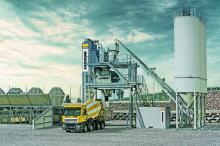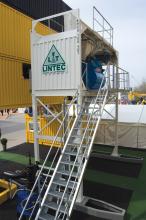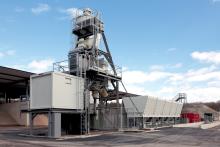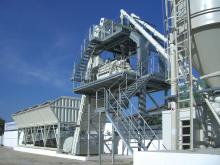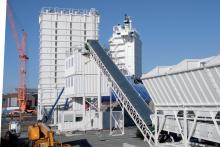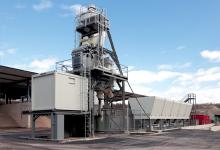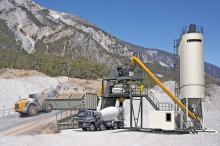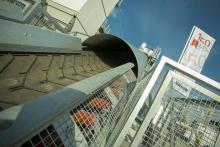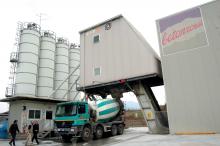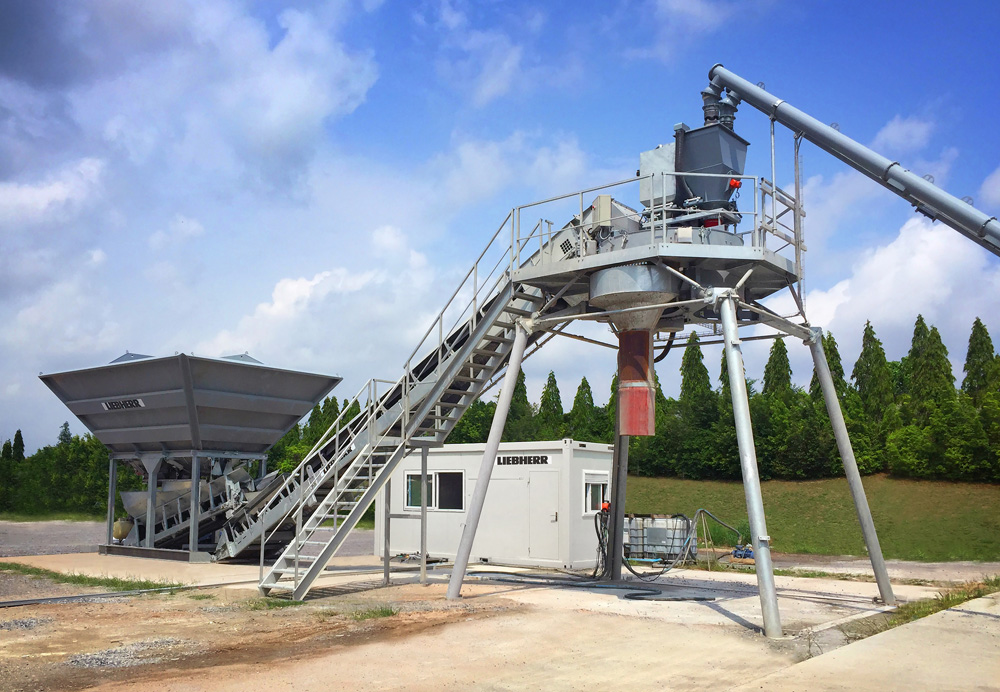
The new LCM 1.0 concrete mixing plant meets the need for a compact unit that is easy to transport and that allows concrete production on a budget. According to Liebherr, demand is growing for a smaller, reliable mixing plant as more and more contractors want to produce their own concrete themselves. The focus is on low cost, as well as reliability and simple operation.
The LCM 1.0 offers reliable mixing at low cost, as well as being easy to transport, install and operate, along with galvanised components for long working life. In addition to stationary use, pre-assembled sub-assemblies and steel foundations make the plant easy to relocate to construction sites.
Operation is said to be easy and can be controlled through a laptop. The platforms are also said to offer good access for cleaning and servicing. The plant’s proven ring-pan mixing system allows an output of up to 60m³ of fresh concrete. Different aggregate silos with storage volumes of 40-100m³ are available. The plant can be equipped with up to three cement silos with capacities of 100tonnes. Options include moisture measurement, ice scale, cladding and a control container.
Liebherr has worked with Designwerk to develop fully-electric truck mixers featuring 10m³ and 12m³ capacity drums and available on five-axle chassis. Because they have electric drives, the ETM 1005 and 1205 truck mixers can operate without exhaust emissions and have large batteries, so that charging is only required at night. The machines are mounted on the special Futuricum chassis and benefit from an energy recovery system to boost efficiency from braking. This last feature increases range as well as lowering maintenance needs.
ZF worked with Liebherr to develop the compact drum drive, which powers the drum directly and is said to combine simplicity with high efficiency, reducing the power drain on the battery system.
Because the drum drive and traction drive are electric, the Futuricum truck is said to be simpler in layout, without hydraulic components, further reducing maintenance needs. However, the design of the electric drives also ensures that there has been no need for costly electronic controls, reducing the pricetag of the units.

